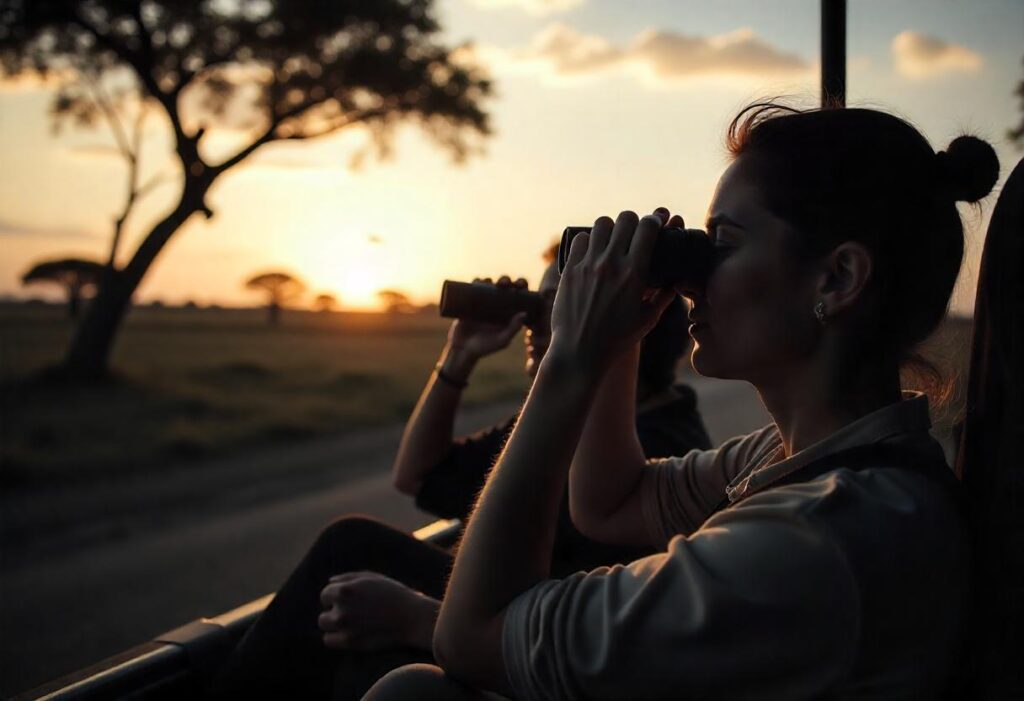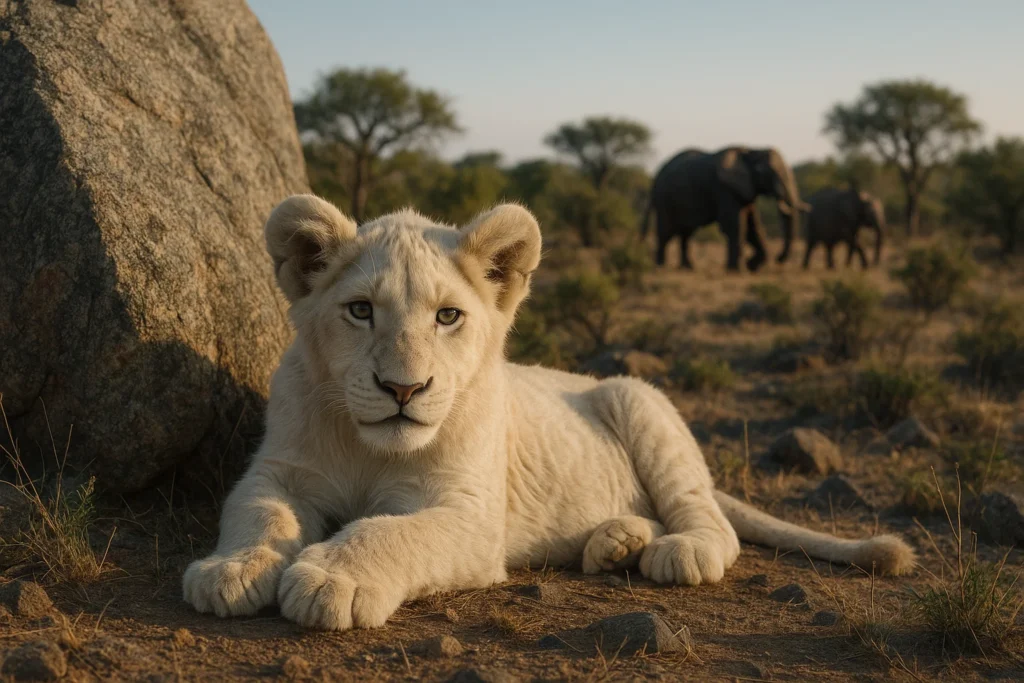Africa is a birder’s paradise, home to more than 2,300 bird species across varied ecosystems, from rainforests to deserts. But when is the best time to go birdwatching in Africa? The answer depends on the region, climate, and migratory patterns. Whether you’re chasing the endemic species of Southern Africa or hoping to witness flocks of migratory birds in East Africa, timing is key.
In this guide, we explore the best birdwatching seasons across Africa, with regional highlights and expert tips for planning your birding safari.
Why birdwatching in Africa is unique
Africa’s sheer biodiversity and contrasting landscapes offer rare opportunities for birdwatchers. Some regions are hotspots for endemics, while others draw spectacular migratory flocks from Europe, Asia, and the Arctic.
Key advantages of birdwatching in Africa
- Wide range of ecosystems: wetlands, savannahs, forests, coasts
- High endemism, especially in Ethiopia, South Africa, and Madagascar
- Opportunities to combine birding with big game safaris
- Year-round viewing with regional variations
Best time for birdwatching in East Africa
East Africa’s birding potential is outstanding, with over 1,300 species recorded in countries like Kenya, Uganda, and Tanzania.
Peak birdwatching season
- Best months: November to April
This is the wet season in most of East Africa, when migratory species arrive from Europe and North Africa. Breeding plumage also makes identification and photography more rewarding.
Highlights
- Kenya’s Rift Valley Lakes – Massive flocks of flamingos and waterbirds
- Uganda’s forests – Home to the rare shoebill stork and Albertine Rift endemics
- Tanzania’s Serengeti – Great for raptors and grassland birds
Best time for birdwatching in Southern Africa
Southern Africa offers a different rhythm. Countries like South Africa, Botswana, Zambia, and Namibia provide spectacular birding, particularly during the southern summer.
Peak birdwatching season
- Best months: November to March
This is when intra-African and Palearctic migrants arrive, and local species enter their breeding season.
Highlights
- Okavango Delta, Botswana – Wattled cranes, African skimmers, Pel’s fishing owl
- Kruger National Park, South Africa – Bee-eaters, kingfishers, rollers
- Zambezi River, Zambia/Zimbabwe – Excellent waterbird concentrations
Best time for birdwatching in West and Central Africa
Although less visited, these regions offer some of the richest and most unique birdlife on the continent, with many endemics.
Peak birdwatching season
- Best months: December to April
This drier period allows better access to remote forest reserves.
Highlights
- Ghana’s Kakum National Park – Forest specials and canopy walkway birding
- Cameroon’s Mount Kupe and Sanaga River – Many rare and localized species
- Gabon and the Congo Basin – A birder’s frontier for true adventurers
Timing tips by month
Birdwatching month-by-month across Africa
| Month | Top Regions | What to See |
|---|---|---|
| January | Southern Africa | Breeding plumage, migrants, waterbirds |
| February | Uganda, Kenya | Shoebill sightings, forest birding |
| March | Namibia, Tanzania | Migrants and raptors |
| April | Ethiopia | Endemic species, best forest access |
| May–June | General dry season starts | Better access but fewer migrants |
| July–August | Okavango, South Africa | Dry-season access, good for raptors |
| September | East Africa | Good for local birds, some early migrants |
| October | Madagascar | Prime time for endemics |
| November | Birding peaks resume | Migrants arrive across the continent |
| December | West Africa | Forest birding improves |
Final thoughts: planning your birding safari
Africa rewards birdwatchers who match their travel dates with local seasonal rhythms. Wet seasons bring bursts of activity and migratory action, while dry months offer better accessibility and mixed-species flocks.
Tips:
- Travel with a birding-specific guide for best results
- Consider combining regions for diversity (e.g., Kenya + Uganda or Botswana + Namibia)
- Bring a field guide and telephoto lens (300mm minimum)
FAQs
November to April is best in most regions due to migration and breeding activity.
Uganda, Ghana, Cameroon, and parts of the Congo Basin are top picks.
Yes, especially for local species and easier travel, but fewer migrants are present.
A good pair of binoculars (8×42 or 10×42), a birding field guide, and a DSLR or mirrorless camera with a long lens.
Absolutely. Many top wildlife reserves are also birding hotspots.






